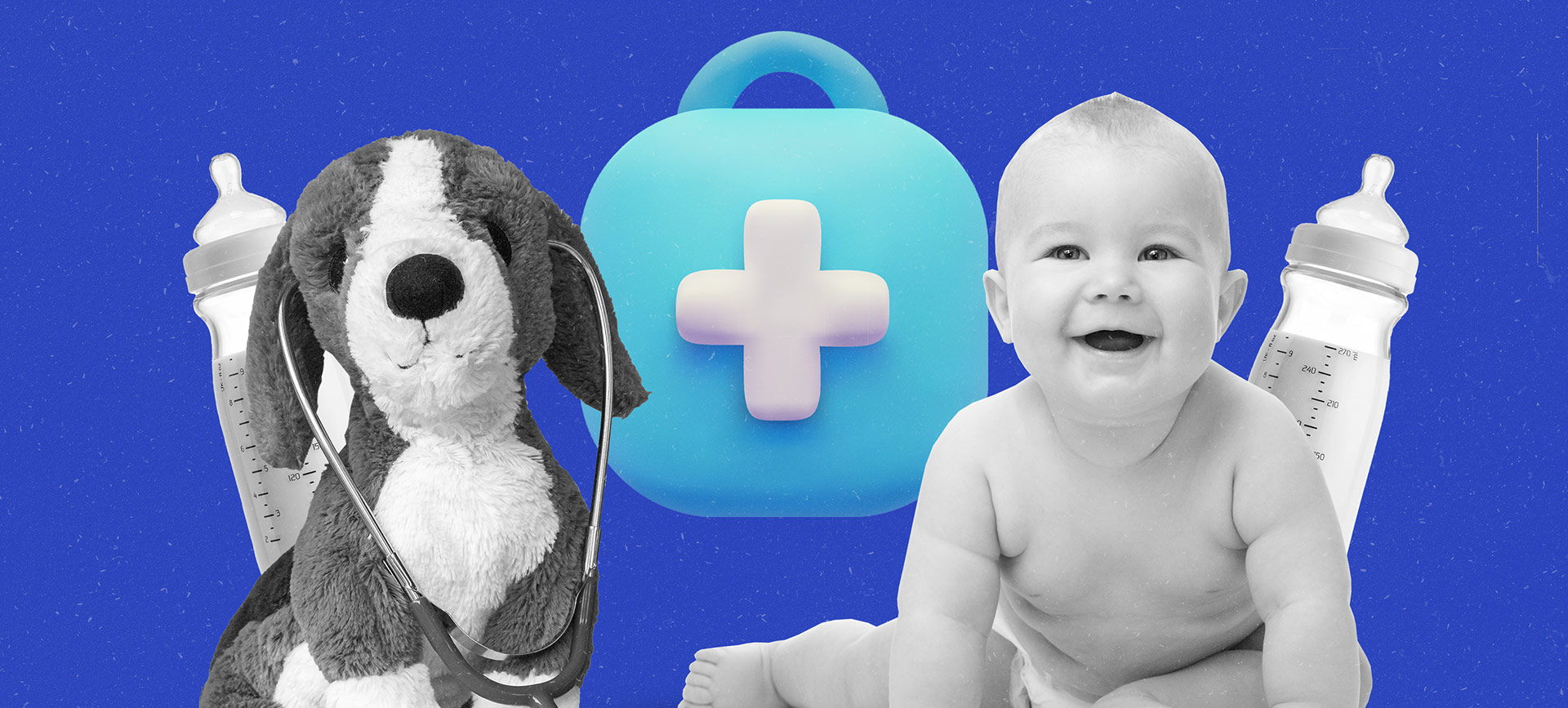A hospital certified as "baby friendly" puts into practice a recommended 10 steps to support breastfeeding. These steps include skin-to-skin contact after birth (for vaginal and C-section births), breastfeeding education and lactation support, the baby rooming with the mother 24 hours a day instead of in a nursery, and coordinating community resources to support breastfeeding for the family upon discharge.
These hospitals also follow the International Code of Marketing of Breast-Milk Substitutes, which restricts the marketing of formula and bottles, including no advertisements or free samples of formula to patients while in the hospital.
The Baby-Friendly Hospital Initiative was launched in 1991 by the World Health Organization (WHO) and the United Nations International Children's Emergency Fund (UNICEF) as a way to implement these steps.
Studies indicate baby-friendly hospitals have been effective. Breastfeeding initiation rates increased from 58 percent in 1995 to 86.5 percent in 1999, according to a review of Boston Medical Center records published in 2001 in the journal Pediatrics. Similarly, breastfeeding increased from 79 percent to 83 percent after a nationwide initiative to increase the number of baby-friendly designated hospitals. This initiative was funded by the Centers for Disease Control and Prevention (CDC) and ran from July 2012 to August 2014.











